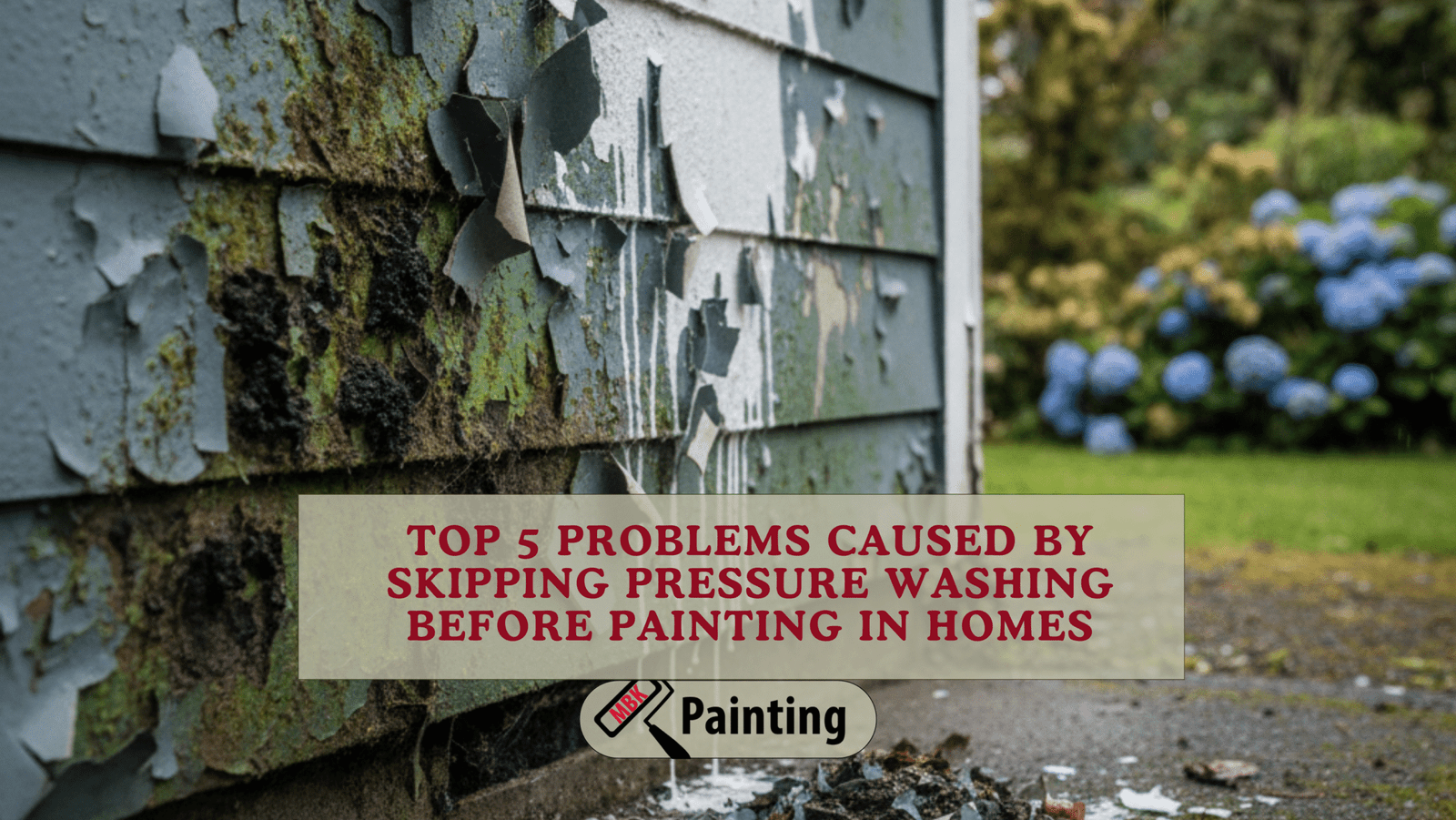A clean, stain-free driveway can instantly boost your home’s curb appeal. Over time, oil stains, mold, dirt, and algae build up, making your driveway look worn and neglected. One of the most effective ways to restore its appearance is pressure washing. However, if done incorrectly, pressure washing can crack, pit, or etch concrete, leading to costly damage.
This guide walks you through how to pressure wash your driveway safely and effectively, keeping it spotless without harming the surface.
Why Pressure Washing Is Essential
Driveways endure heavy use and exposure to harsh weather. Regular cleaning helps:
- Extend the life of the concrete or pavers
- Remove oil, rust, algae, and mold buildup
- Prevent slippery surfaces
- Improve the overall aesthetic of your property
But applying too much pressure or using the wrong nozzle can do more harm than good.
Tools & Materials You’ll Need
Before starting, gather the following:
- A pressure washer (gas-powered for better PSI, typically 2500–3500 PSI)
- A wide-angle nozzle (25° or 40° tip recommended)
- Concrete-safe cleaning detergent
- A surface cleaner attachment (optional but ideal for even cleaning)
- Protective gear: gloves, safety goggles, boots
- A broom or a leaf blower for debris removal
- Garden hose for pre-soaking and rinsing
Step-by-Step Guide to Pressure Washing Your Driveway
1. Clear the Area
Remove cars, outdoor furniture, potted plants, and any other items. Sweep or use a leaf blower to clear away dirt, leaves, and debris. This ensures a clean surface and prevents loose objects from becoming hazards during the wash.
2. Pre-Treat Stains
Use a concrete-safe degreaser or detergent to pre-treat oil, grease, rust, or paint stains. Let it sit for 10–15 minutes to break down the contaminants before washing.
Pro tip: Scrub tough stains with a stiff brush to enhance cleaning results.
3. Choose the Right Nozzle
The nozzle you use determines water pressure and spread:
- 25-degree (green tip): Good for general driveway cleaning
- 40-degree (white tip): Best for delicate areas or light washing
Avoid 0-degree nozzles, they’re too harsh and can etch or damage concrete.
4. Test on a Small Section
Before tackling the whole driveway, test the pressure on a small, hidden spot. Hold the wand at least 12 inches from the surface and slowly adjust your distance based on the results.
5. Work in Sections
Start from the high end of the driveway and work downward, cleaning in small sections. Use overlapping strokes in a side-to-side motion to ensure even coverage.
Avoid staying in one spot too long, as it can erode the surface or create visible lines.
6. Use a Surface Cleaner for Best Results
A surface cleaner is a round attachment that connects to your pressure washer. It uses spinning jets to deliver consistent pressure and is ideal for large areas like driveways. It reduces the risk of streaks and speeds up the job.
7. Rinse Thoroughly
After washing each section, rinse with a garden hose or pressure washer using a low-pressure nozzle. This removes leftover detergent, dirt, and residue.
8. Let It Dry Completely
Allow the driveway to dry fully (usually 24–48 hours) before parking vehicles or applying any sealant.
How to Avoid Damage While Pressure Washing
- Never use excessive PSI on older, cracked, or exposed aggregate concrete
- Keep the nozzle moving, never hold it in one spot for more than a second
- Avoid using harsh chemicals like bleach unless specifically labeled for driveway use
- Do not use a turbo nozzle unless you’re spot-cleaning tough stains
- Maintain a consistent 12–18 inches of distance between the nozzle and the surface
Bonus Tip: Seal Your Driveway After Cleaning
After your driveway is fully clean and dry, consider applying a concrete sealer. This:
- Repels water, oil, and stains
- Enhances color (especially for stamped concrete or pavers)
- Prevents cracks and spalling from freeze-thaw cycles
Sealants typically last 2–3 years and are a great way to protect your investment.
When to Call a Professional
If your driveway is:
- Severely stained with chemicals, rust, or tire marks
- Cracked or aged and needs a gentle touch
- Too large to complete efficiently with consumer-grade equipment
It may be worth calling a professional pressure washing service. They’ll have the right tools and experience to clean without causing damage.
Final Thoughts
Pressure washing is a powerful way to revive your driveway, but technique matters. With the right tools, nozzle, and method, you can safely clean your driveway and avoid common damage like surface etching or cracking.
By following this guide, you’ll not only maintain the beauty of your home’s exterior but also extend the lifespan of your driveway for years to come.




